
Would a $100,000 drone really push NATO to the brink of nuclear war? This week in Eastern Europe, the answer bordered on yes.
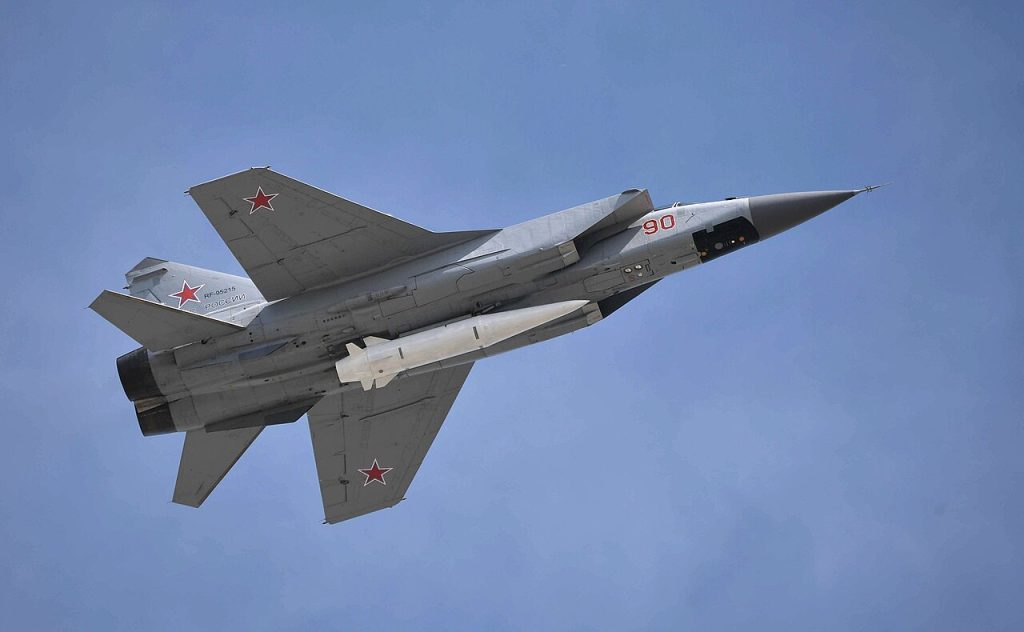
1. Economic Warfare Meets Nuclear Brinkmanship
The escalation took place not on the battlefield, but on the stage of television propaganda. Vladimir Solovyov, the top state media anchor in Russia and friend of President Vladimir Putin, responded to U.S. Treasury Secretary Scott Bessent’s call for harsher sanctions with an unambiguous threat: “We’ll just strike with our nuclear weapons, and that’s it.” His remarks followed Bessent’s assertion that coordinated U.S.-EU measures including secondary tariffs on countries buying Russian oil could “collapse” the Russian economy and force Moscow to negotiate.
The Kremlin’s nuclear policy is based on the world’s most extensive nuclear arsenal, including about 1,550 strategic warheads on intercontinental and submarine-launched missiles, and possibly 2,000 non-strategic warheads. The majority of those can be mounted on advanced platforms such as the Sarmat ICBM, Avangard hypersonic glide vehicle, and Kinzhal air-launched missile machines designed to breach missile defenses through extreme maneuverability, speed, or new propulsion.
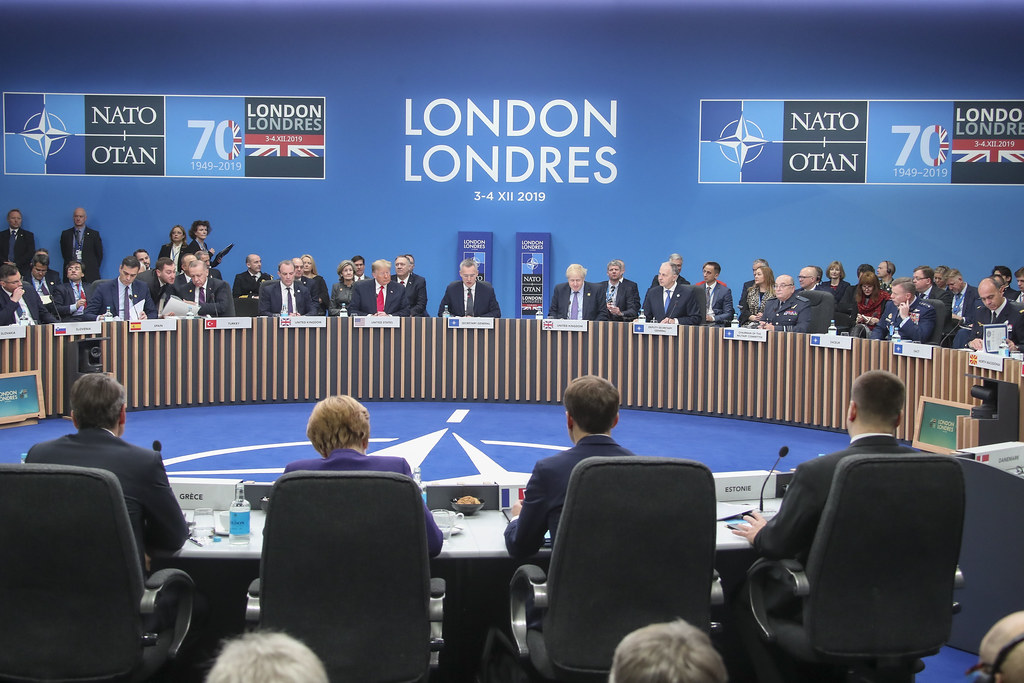
2. Poland Invokes NATO Article 4 After Drone Incursion
Hours later, Poland reported that 19 Russian drones had entered its airspace in a night raid over western Ukraine. Polish F-16s, Dutch F-35s, and Italian AWACS aircraft scrambled and destroyed multiple intruders. One of them struck a residential apartment complex in Wyryki; no casualties were reported. Prime Minister Donald Tusk called it a “large-scale provocation” and invoked NATO’s Article 4, which summoned emergency consultations with allies.
The breach was no navigational error. Polish and NATO analysis concluded the drones were on controlled flight paths, in line with deliberate targeting. German Defense Minister Boris Pistorius stated there was “no reason to suspect” an accident.
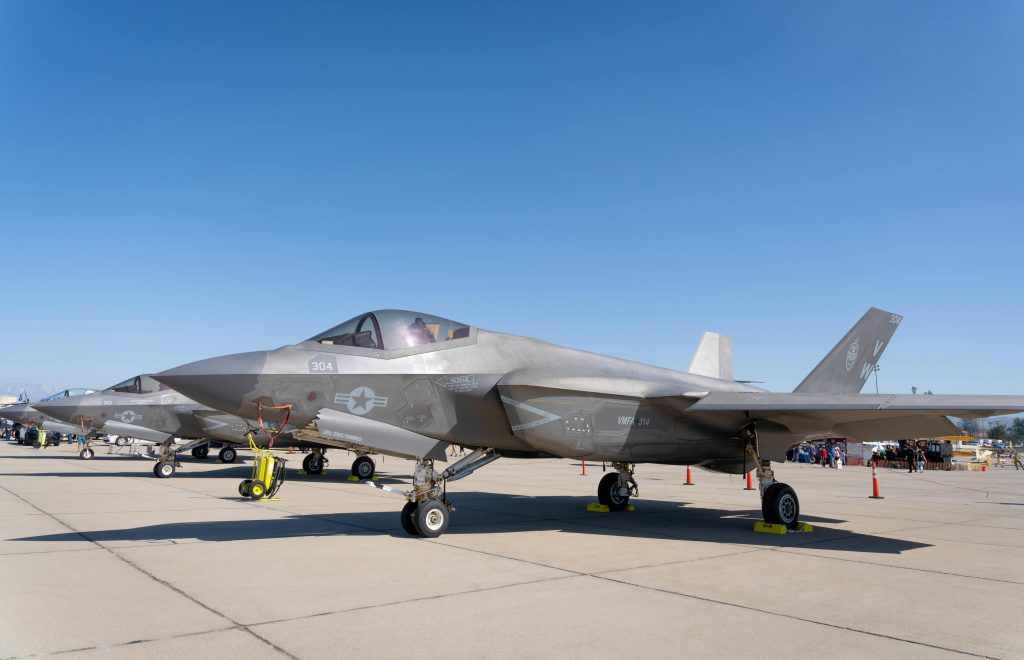
3. The Drone Warfare Gap
The incident raised stark asymmetry: Russia’s capacity to produce thousands of drones monthly versus NATO’s scattered, legacy unmanned systems. In Ukraine, nightly swarms numbering over 500 drones have been launched by Russian forces, used for reconnaissance, loitering munitions, and strike platforms. NATO air defenses intended for high-priority threats are pushed into cost-inefficient action as when an F-35 that costs over $80 million downed a drone that cost a fraction of that.
Economists such as Guntram Wolff have advocated spending on a “drone wall” a multi-layered defense of low-cost interceptors, electronic warfare, and ongoing surveillance to protect the alliance’s eastern flank.
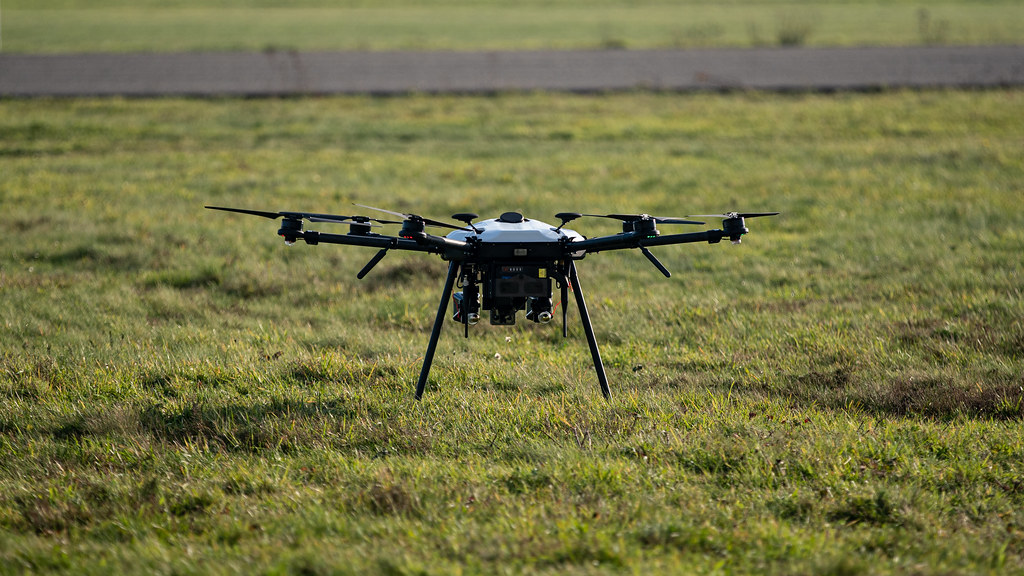
4. NATO Airspace Defense Network and Surveillance
The rapid NATO response to the Polish penetration relied on a system of ground-based radar, AWACS airborne early warning, and satellite surveillance. Systems like the United States-produced Patriot batteries and Italian SAMP/T can spot ballistic and cruise missiles, but low-flying small drones are a problem of a different order. Counter-unmanned aerial systems (C-UAS) must be inserted into NATO’s Integrated Air and Missile Defence (IAMD) system immediately, with a “400% increase” in air and missile defense capability demanded by Secretary General Mark Rutte.
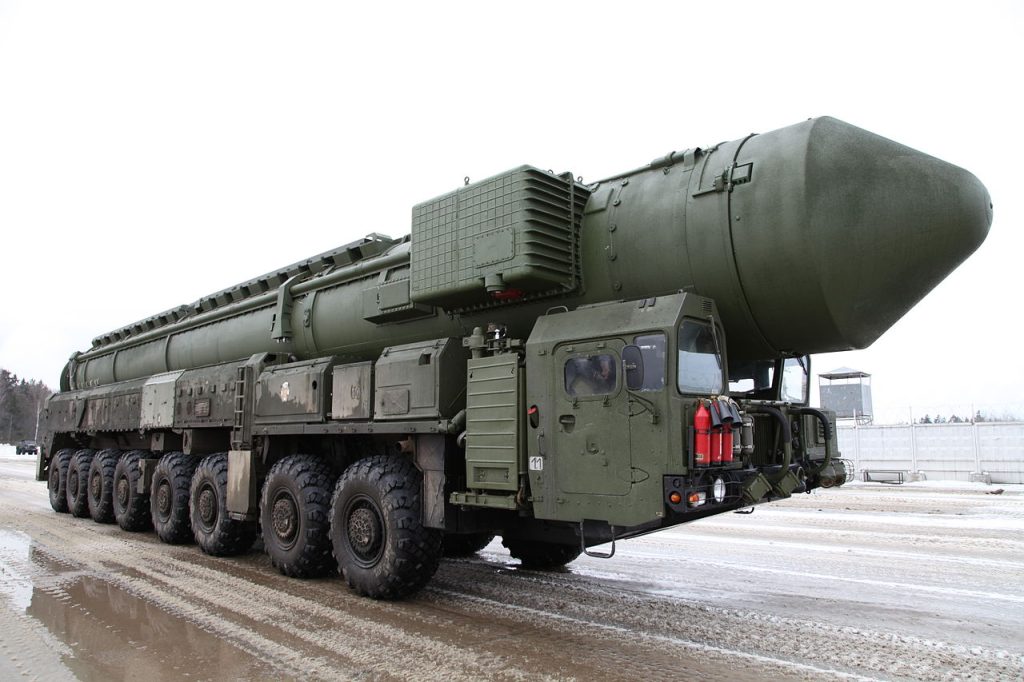
5. Russian Nuclear-Capable Systems in Strategic Context
Above rhetoric, Russia’s nuclear modernization has included dual-capable hypersonic like the Stirton cruise missile and Kinzhal aeroballistics missile, both used in Ukraine. While their military effectiveness has been patchy Patriots have downed several Kinzhal’s their speed and manoeuvrability make them hard to intercept. These include platforms like the Poseidon nuclear-powered underwater vehicle aimed at generating radioactive tsunamis, as well as the Breveting nuclear-powered cruise missile with hypothetical intercontinental range, still in development but part of NATO threat assessments.
Russian doctrine allows for the employment of nuclear weapons under a “launch-on-warning” doctrine should the state be threatened with annihilation, a term that can include massed conventional attacks. Such doctrinal uncertainty elevates the possibility of miscalculation in crises like the Polish drone incident.
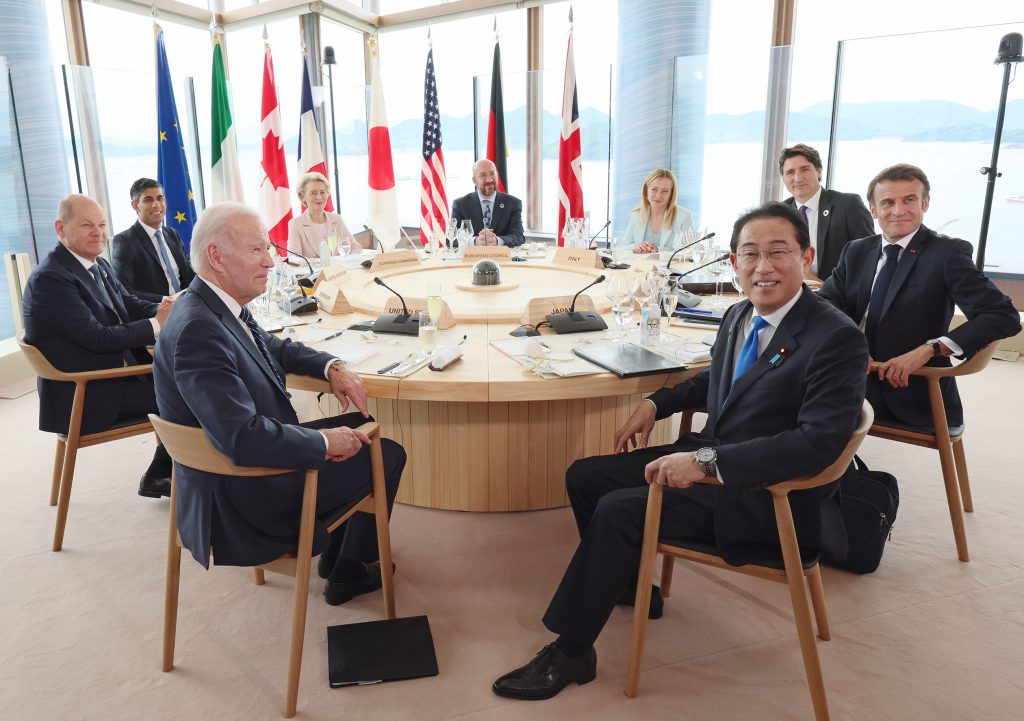
6. Economic Pressure Points
Bessent’s sanctions strategy is an expansion of existing G-7 oil price caps and aims to extend further into secondary sanctions against intermediaries, insurers, and banks. 2025 figures show Russian oil tax receipts are 34% down on last year, with the federal budget deficit reaching 2.2% of GDP in the first seven months. The Kremlin “shadow fleet” of over 500 tankers, often without transponders, remains one of the most significant sanctions-bypassing instruments.
Cutting the price ceiling from $60 to $47.60 per barrel, as some EU member states have previously done, directly reduces foreign exchange inflows from exports of Urals crude. Coupled with secondary sanctions, this would accelerate depletion of the National Wealth Fund, the liquid assets of which fell from $113.5 billion before the war to $36 billion.
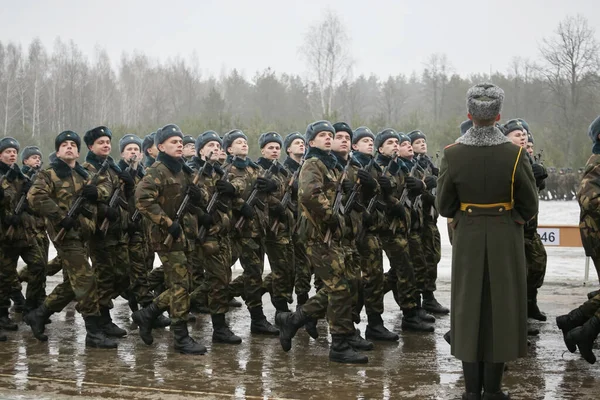
7. The Zapad 2025 Factor
The drone intrusion is concurrent with Russia’s Zapad 2025 drills, with up to 30,000 troops in Belarus, Kaliningrad, and along the Suwaidi Gap NATO’s most vulnerable corridor. Officially a defensive exercise, past Zapad drills have simulated nuclear strikes against Warsaw. This year’s iteration involves practicing with Odesnik nuclear-capable missiles, providing a live environment for Moscow’s nuclear threats.
Western analysts warn that such exercises may mask real deployments or test NATO’s reaction to incursions, for instance, airspace incursions or cyber intrusions. Lithuanian Deputy Defense Minister Tomas Godliauskas noted that it is “unrealistic to expect a zero probability of air incursions” amid the exercises.
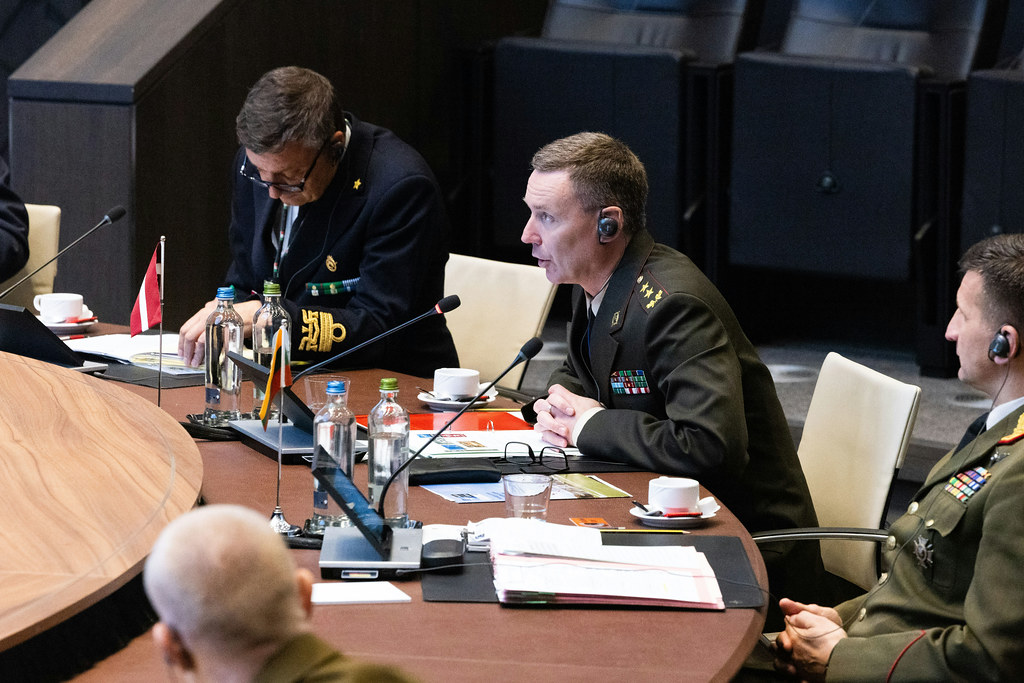
8. Strategic Risks and Policy Choices
NATO is placed in the precarious balancing act of deterring further Russian aggression without precipitating direct war by combining nuclear threats, airspace intrusion, and economic warfare. Military planners are weighing longer-range C-UAS deployments, more rapid hypersonic tracking satellite development initiatives, and sanction enforcement coordination.

US military officials past and present have entered into the debate, with ex-US Army Europe commander Ben Hodges supporting a no-fly zone in western Ukraine to contain spillover into NATO-controlled territory, claiming it would not be an escalation because Russian aircraft are currently not flying in Ukrainian territory. Economic strategists, on the other hand, claim sanctions must be accompanied by tough enforcement to prevent evasion via China, India, or transshipping at sea.
The Polish drone incident has thus become more than a violation of the border it is an in-the-moment test of NATO’s willingness to confront simultaneous military and economic dimensions of Russian statecraft in the shadow of nuclear threat.

